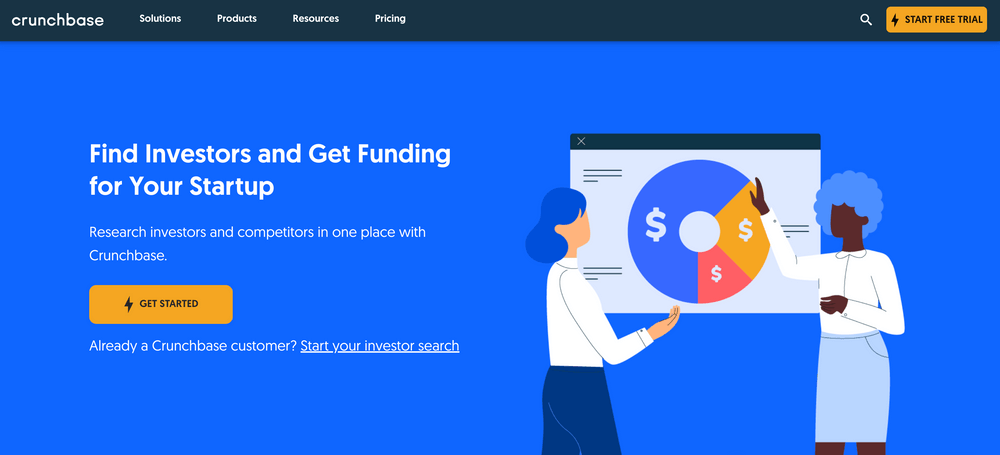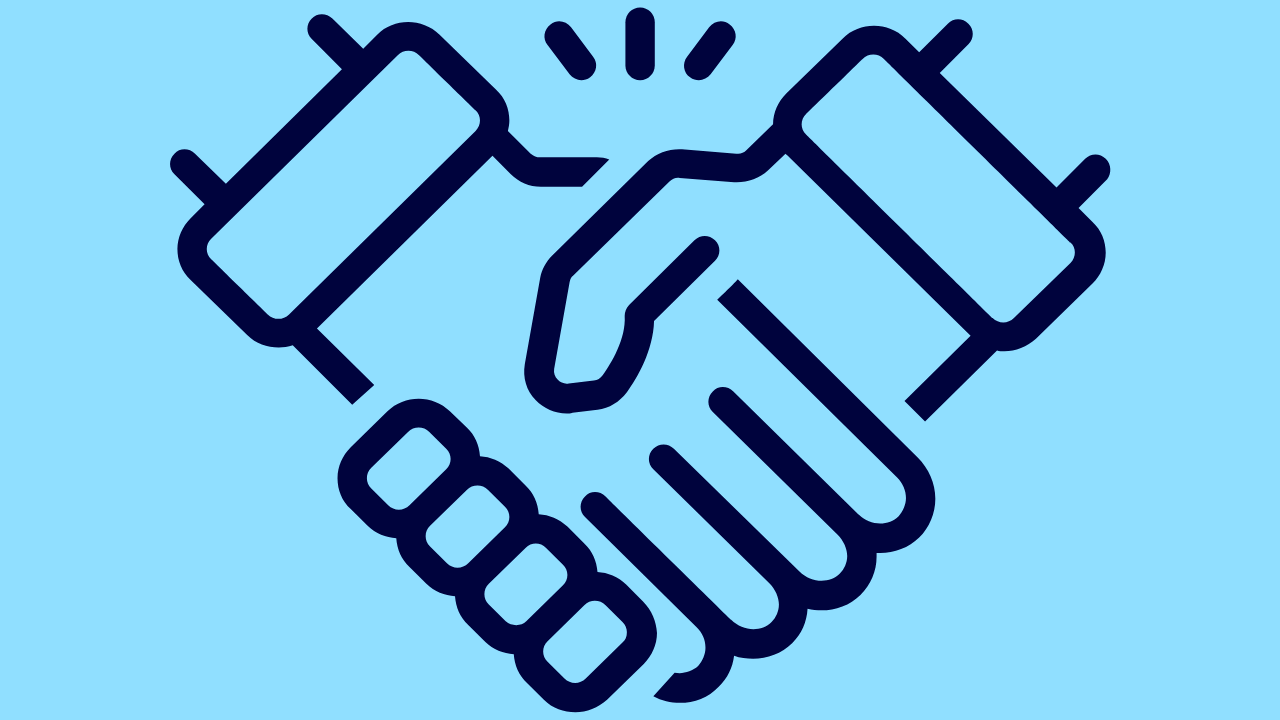Sometimes your new business venture needs a lift to get off the ground. If you can’t generate much revenue yet, you might start considering seed funding for startups. Seed funding is the first official round of startup financing for many businesses. It’s also the first time the owners have to make firm decisions about the following:
- How they value the business
- What they’re willing to give up, and what they expect in return
- What they need financially to grow the business
These are tough decisions, especially for startup founders getting involved with investors for the first time. If you’re feeling lost, this guide can help you navigate the path to your seed investment.
What Should I Prepare for Potential Investors?
You can expect to need a pitch deck and business plan to explain your vision to potential investors; most investors will typically tell you what additional information they want. Additional assets might include technical documents, competitive benchmarking, marketing materials, and more.

It gets easier to tailor these assets to your target investors once you understand key sources of startup business funding. Potential sources of seed investment include venture capitalists, angel investors, crowdfunding, and startup incubators.
Show, Don’t Tell
Telling investors how your product will work is one thing but showing them exactly how it works is even better. When you build a working example of your marketplace, SaaS app, dashboard, CRM, or other product, you have something tangible to show prospective investors. Of course, it can be hard to deliver a working version of your concept before you have the funding to afford a team of developers.
A no-code tech stack makes it faster and more affordable to produce working products for demonstrations to investors. This is one way pre-seed startups bring their designs to life before they get the funding that lets them hire big teams. For example, Teal raised $5M using no-code tools like Bubble.

How to Find and Reach Potential Investors
Now you’re ready to dazzle prospective investors, but how do you know where to find them? Building out personas helps you identify your prospects and prepare for your meetings with them. The personas you develop might include information about the type of investor, as well as their size, expertise, and track record.
Once you know who you’re looking for, seed investors are easier to find. You can do prospecting on social media, connect with investors, or join relevant groups on LinkedIn. Kickstarter, Crunchbase, and similar marketplaces provide business owners and investors additional opportunities to connect.

Depending on where you live, there might be local groups for startups and venture capital investment firms. Such communities offer opportunities to get more attention from potential investors than you might with online outreach. Establishing deep connections with investors is especially valuable for startup founders who need to find a champion to truly lead a financing round.
What to Expect in the Startup Seed Funding Process
There is some overlap between funding rounds. If you’re looking for an investment in an idea or a minimum viable product (MVP), maybe you’re still in the pre-seed funding stage. Pre-seed funding is riskier for investors, which makes it difficult for business owners to negotiate favorable deals. The typical pre-seed investment is significantly smaller than an average seed investment.
To win seed investment, rather than pre-seed, the startup should have an established product-market fit, a core team, and a functional product design. Your seed investment should help you build an established user base, start generating revenue, and begin validating the assumptions in your business plan. The seed investment enables growth to prepare a company for Series A and future funding rounds.
How Much of a Seed Investment Do I Need?
Seed funding for startups is supposed to get them to the next level of growth, and the amount varies widely, from $10,000 up to $2 million. A startup that needs an army of developers will have to ask for a significant amount of money, while a business with a no-code tech stack can continue to grow with much smaller seed investment.
Negotiating Seed Funding for Startups
The required sum of money makes a big difference at the negotiating table. The more money investors hand over, the more equity or convertible debt they want in return. If you can't find any investors to provide the financing you need without taking more of your business than you're willing to give up in return, maybe the timing isn’t right.

Am I Ready for Startup Seed Funding?
The more you develop your product and build your business before you seek funding, the stronger your position will be in negotiations. It's part of the reason Bubble initially decided to bootstrap instead of seeking VC funding back in 2015. The timing wasn’t right, so we focused on building our product with what we had instead of giving up equity for funding.
Our success with bootstrapping got us to the point where we could find more favorable funding. In 2019, after years of hard work without outside financing, Bubble completed its first round of funding. We found excellent leaders to drive the seed round, which helped bring other investors and entrepreneurs into the mix.
Securing Seed Funding for Startups
Based on our experience, the approach above makes startup seed funding more manageable and less intimidating. Whether your startup needs pre-seed funding, seed funding, or later financing, a no-code tech stack can help you build more with less. Backing up your concepts and designs with working technology reduces the risk to investors and makes it easier for them to join your next round of funding.
To see what’s possible with a visual product editor, explore our showcase of no-code apps built on Bubble. We know you’re not in a position to waste time, talent, or money. That’s why you don’t need coding skills, or even a credit card, to sign up for Bubble.
About Bubble
Bubble is a leader in the no-code movement. Bubble offers a powerful point-and-click web editor and cloud hosting platform that allows users to build fully customizable web applications and workflows, ranging from simple prototypes to complex marketplaces, SaaS products, and more.
Millions of users are building and launching businesses on Bubble — many have gone on to participate in top accelerator programs, such as Y Combinator, and even raised $365M in venture funding. Bubble is more than just a product. We are a strong community of builders and entrepreneurs who are united by the belief that everyone should be able to create technology.
Build for as long as you want on the Free plan. Only upgrade when you're ready to launch.
Join Bubble







